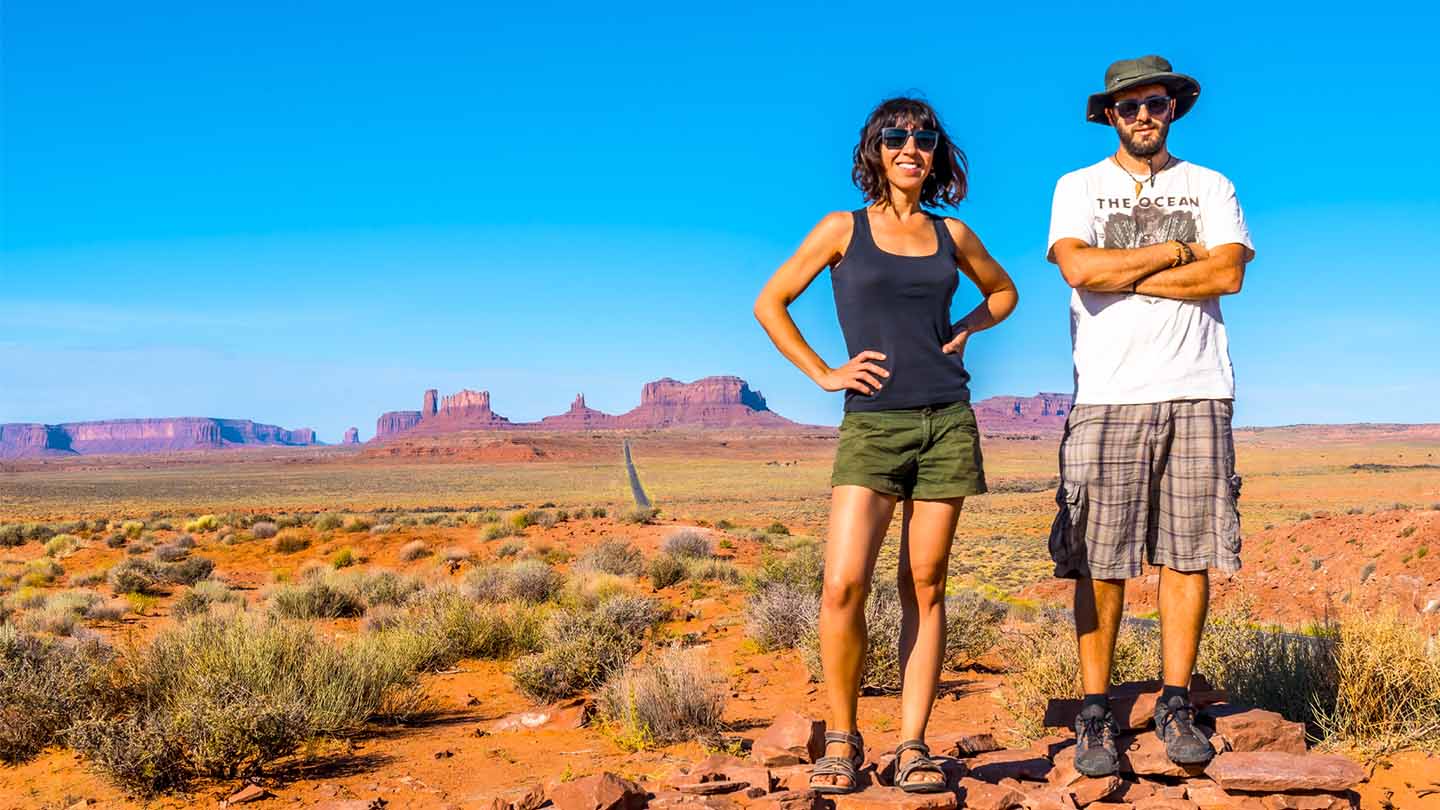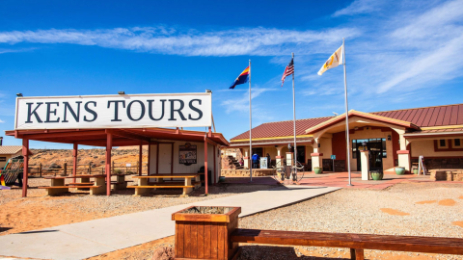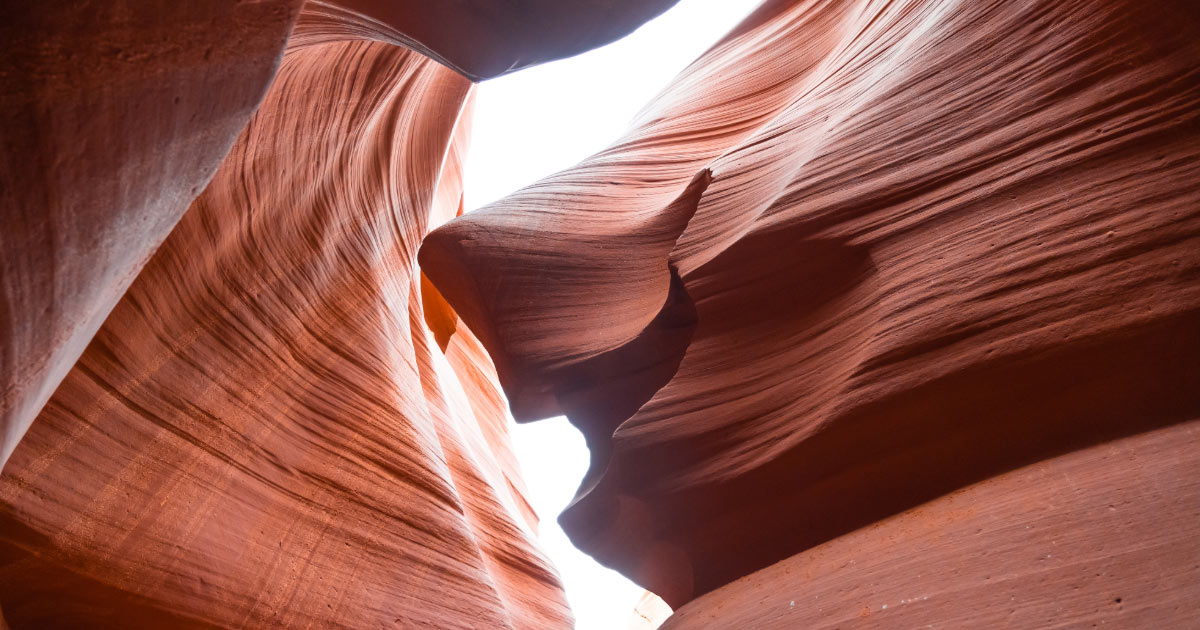Looking for a fun way to celebrate a special day with a loved one? Whether it’s a holiday, birthday, or an anniversary, Lower Antelope Canyon is the perfect destination to spend the day. The canyon offers stunning views of the surrounding desert; however, there are a few scenic spots that some feel are a bit more spectacular than others.
Below, we explore five of Lower Antelope Canyon’s most exceptional views, the historical significance of each location, and some tips on capturing your experience with professional-like photos.
Start planning now by checking available tour dates.
#1 – The Woman in the Wind
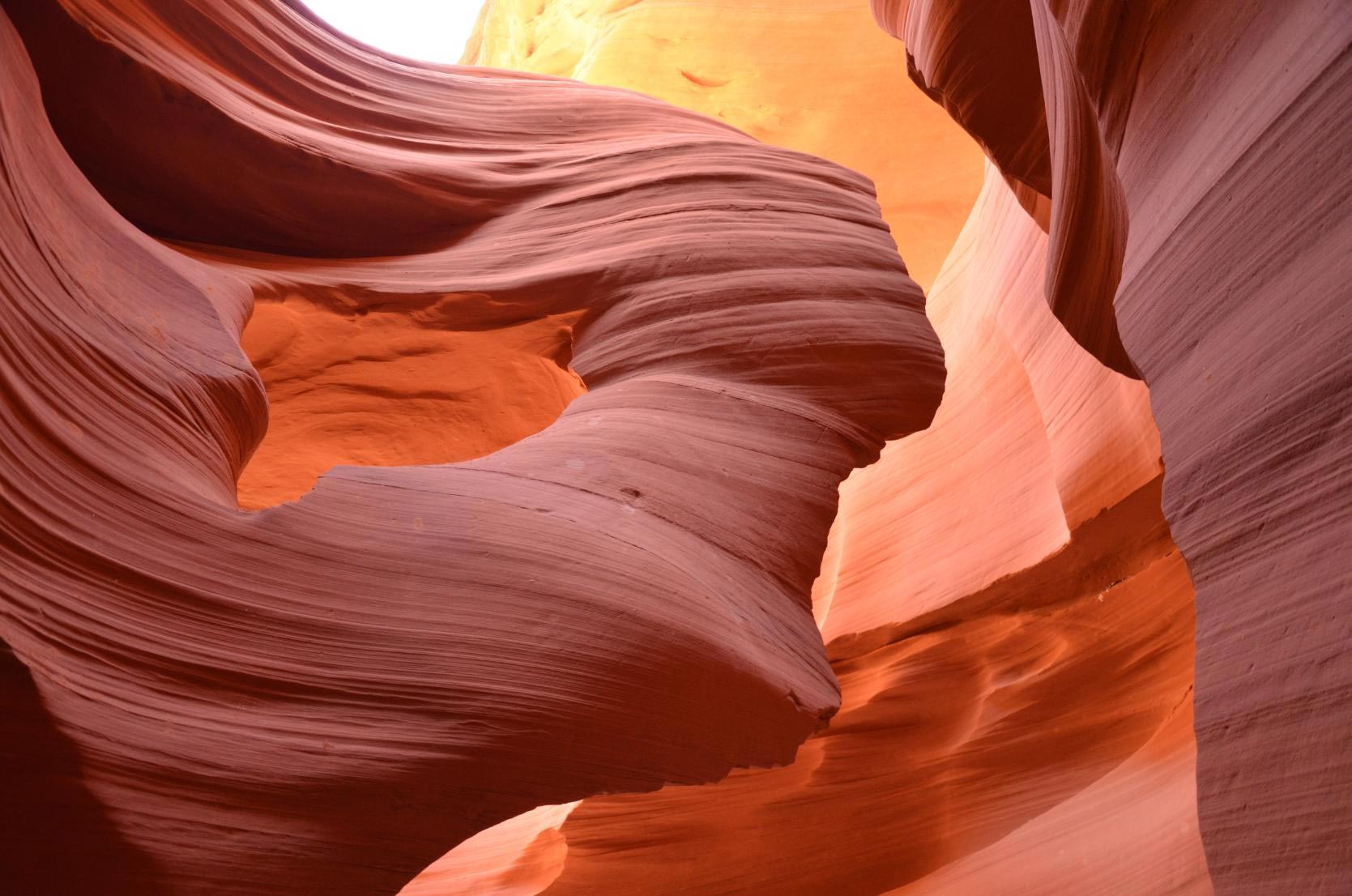
The Woman in the Wind is a sandstone formation created millions of years ago that resembles the profile of a woman with long, flowing hair. Visitors love to photograph this scenic destination, and many visit Lower Antelope Canyon just to do so.
The natural curves and textures of the sandstone create the illusion of movement as the sun moves across the sky, and the shadows shift throughout the natural rock sculpture.
#2 – The Lion’s Den (Lion’s Head)
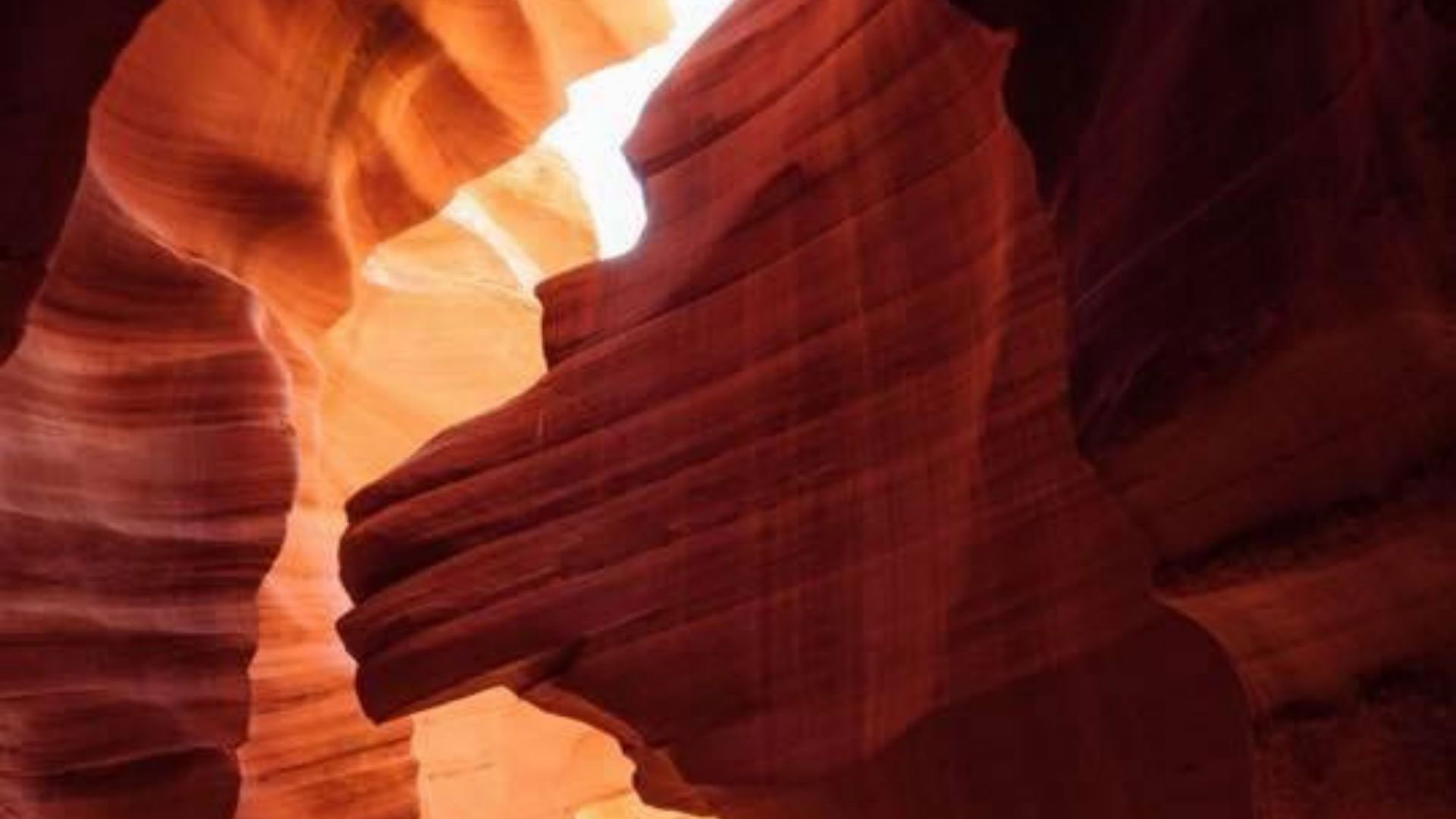
Just past The Woman in the Wind, about halfway through your tour of Lower Antelope Canyon, you come across yet another distinctive feature – the Lion’s Den, often referred to as the Lion’s Head.
This geological formation was over millions of years of wind and water erosion. Its visual appeal makes for some great photos and is one of the most anticipated views of the canyon.
#3 – The Whale

The Whale is yet another sandstone formation at Lower Antelope Canyon, and as you may have guessed, it got its name due to its resembling of a whale’s head and body. While this attraction doesn’t hold any historical significance, it’s one of the most photographed areas of the canyon.
#4 – The Buffalo Head
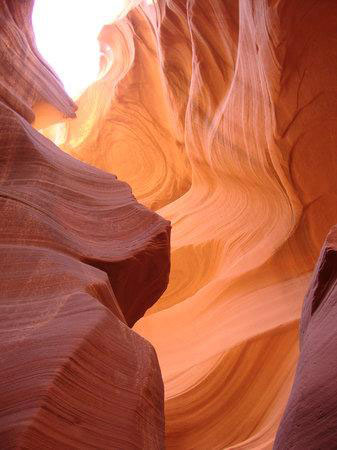
When the light hits just right, you can see what appears to be a Buffalo Head carved into the sandstone. While buffalo mostly roamed the Great Plains, with no known habitats near Lower Antelope Canyon, when the formation was named, the animal was very well known to the Navajo people who inhabited the area – hence the recognition and name.
#5 – The Seahorse

The Seahorse Formation is one of the last notable scenic views of Lower Antelope Canyon you’ll come across during your guided tour. You have to look at this site from a specific angle to see the seahorse, but when you do, you’ll agree that the name fits.
5 Tips for Photographing Lower Antelope Canyon’s Top Views
Our guides will point you in the right direction for taking photos of Lower Antelope Canyon. Because most visitors love to photograph their experience; however, most are not professional photographers. Our guides will be there to help every step of the way! So, here are a few friendly tips to help you capture the perfect moment in time.
- Avoid direct flash – One of the features of the canyon and its notable features is the effect of the sun’s natural light. Flash can offset this natural lighting and the shadows that make these scenic views noticeable to begin with.
- Shoot during midday – The canyon sees the most dramatic visual effects when the sun is high in the sky. So, when possible, take your tour during the day and take full advantage of the sun’s reflections.
- Experiment with angles – Get the most out of our trip by taking multiple pictures from many different angles. You might be surprised as to which of these angels truly brings your photos to life.
- Adjust camera settings – High-end cameras and phones have different picture settings. Test these out on different views. You may find that throughout your tour, different camera settings can result in better-looking pictures.
Cultural Significance of Lower Antelope Canyon
While the cultural significance of the aforementioned views of Lower Antelope Canyon is not widely documented, the canyon holds significant historical meaning to the Navajo people. Lower Antelope Canyon is believed to have been formed by holy people, making it a sacred destination to indigenous tribes.
This, and the potential dangers associated with the canyon, is why Lower Antelope Canyon visitation is only accessible through select local tour guides, including Ken’s Tours.
When visiting, it’s important to respect the land – taking in both the natural beauty and pausing to appreciate its spiritual impact on its guardians.
Ready to Show Your Love for Lower Antelope Canyon?
If you want to see this majestic, culturally significant natural wonder, don’t wait to book your tour. Ken’s is a leading tour company and our openings fill up fast.
Our guides are very familiar with all aspects of the canyon and they’ll be sure to point out each of these top views – helping position visitors in the right spots to see these stunning formations.
Check out our available tours and book your trip with Ken’s Tours online today! Also, check out our Lower Antelope Canyon amenities offered.
